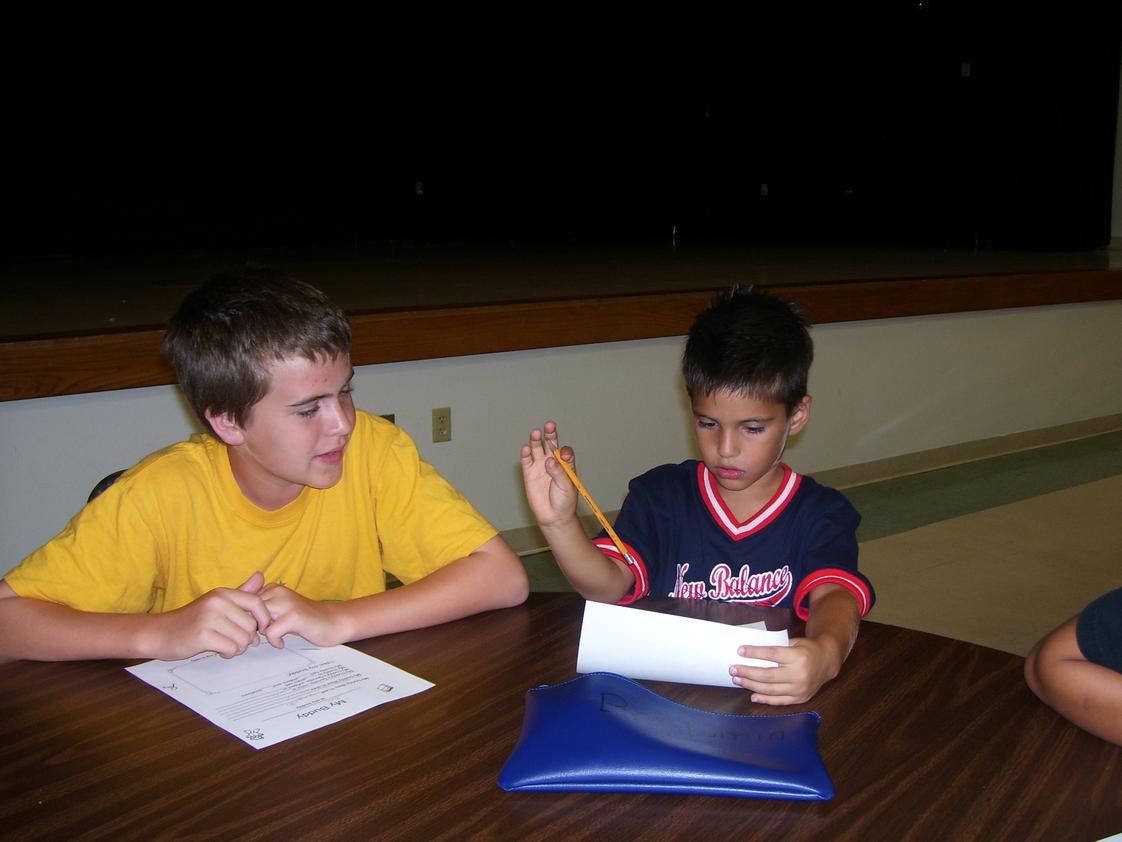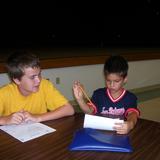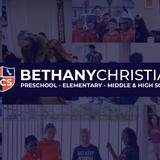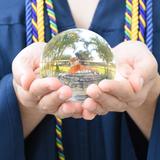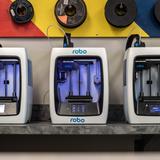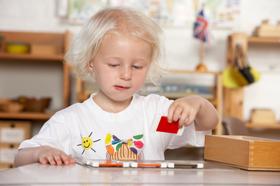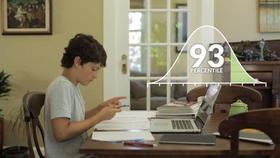St. Joseph Catholic School in Palm Bay, FL, serves 250 udents from pre–kindergarten through 8th grade in a city–based Catholic elementary and secondary program.
The school was founded in 1963 and maintains a udent–teacher ratio of 14:1 with an average class size of 25.
Tuition is $9,739 per year, with approximately 5% of udents receiving financial aid.
The faculty includes 50% advanced–degree teachers, supporting academic offerings that include one AP course.
Joseph Catholic School is a member of the National Catholic Educational Association and is located on a 15–acre campus in a midsize city community.
Quick Facts (2026)
- Top-Ranked FL School
- Grades: Prekindergarten-8
- Enrollment: 250 students
- Yearly Tuition: $9,739
- Average class size: 25 students
- Application Deadline: None / Rolling
- Source: Verified school update
Top Rankings
St. Joseph Catholic School ranks among the top 20% of private schools in Florida for:
Category
Attribute
School History
School Overview
School Membership(s)School Assoc.
Religious Affiliation
Grades Offered
Grades Prekindergarten-8
ADD/ADHD Support
Yes
Learning Difference Programs
Yes
Learning Programs Supported
LD, ADHD, Autism Spectrum
Dual Language Immersion Program
Secondary Immersion Language
Spanish
Year Founded
1963
School Calendar
Awards
Blue Ribbon School - Selected in n/a
Campus Size
15 acres
Student Body
Total Students
250 students
Student Body Type
Co-ed
% Students of Color
14%
State avg.: 47%
Students by Grade

Academics and Faculty
Total Classroom Teachers
18 teachers
Student-Teacher Ratio
14:1
National avg.: 13:1
% Faculty w/Advanced Degree
50%
Average Class Size
25 students
Number of AP Courses
1 course
Classroom Dress Code
Casual
blue shorts and grey polo
Tuition and Acceptance Rate
Admission Deadline
None / Rolling
Yearly Tuition Cost
% on Financial Aid
5%
Application URL
Sports
Total Sports Offered
4 sports
Source: Verified school update
Frequently Asked Questions
How much does St. Joseph Catholic School cost?
St. Joseph Catholic School's tuition is approximately $9,739 for private students.
What sports does St. Joseph Catholic School offer?
St. Joseph Catholic School offers 4 interscholastic sports: Basketball, Football, Soccer and Volleyball.
What is St. Joseph Catholic School's ranking?
St. Joseph Catholic School ranks among the top 20% of private schools in Florida for: Oldest founding date.
When is the application deadline for St. Joseph Catholic School?
The application deadline for St. Joseph Catholic School is rolling (applications are reviewed as they are received year-round).
School Reviews
Endorse St. Joseph Catholic School. Endorsements should be a few sentences in length. Please include any comments on:
- Quality of academic programs, teachers, and facilities
- Availability of music, art, sports and other extracurricular activities
- Academic or athletic awards
Recent Articles
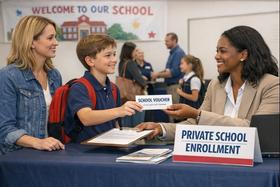
Free Private Schools & Voucher Programs in 2025
Updated guide to free private schools and school voucher programs, 2025 policies, costs, equity issues, and how families access tuition support.

Social Emotional Learning 2025: Policy, Practice and Outcomes
Updated 2025 review of social emotional learning in schools, research outcomes, key trends, challenges and future paths for parents and educators.

Private School Admissions for Siblings: Costs and Timing
Learn how private school admissions for siblings affect costs, discounts, and timing strategies for families planning multiple enrollments.

